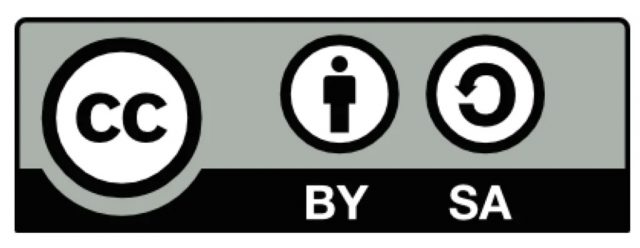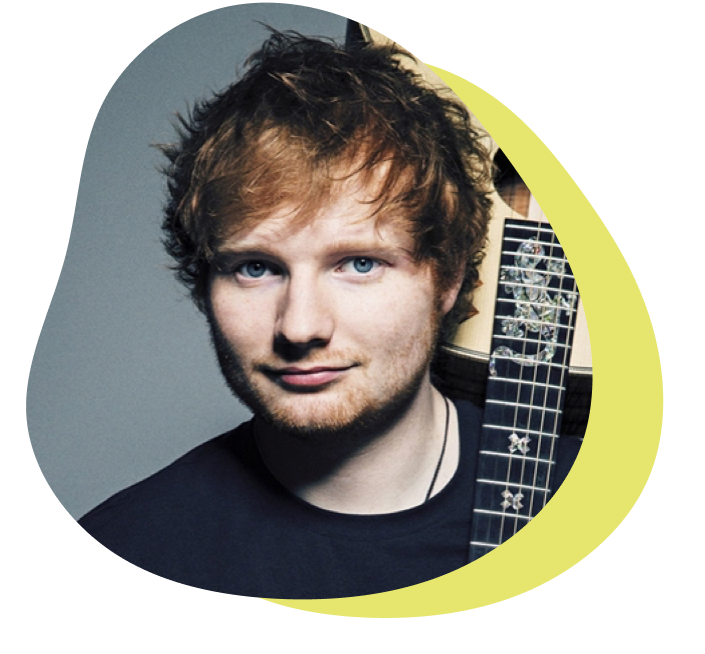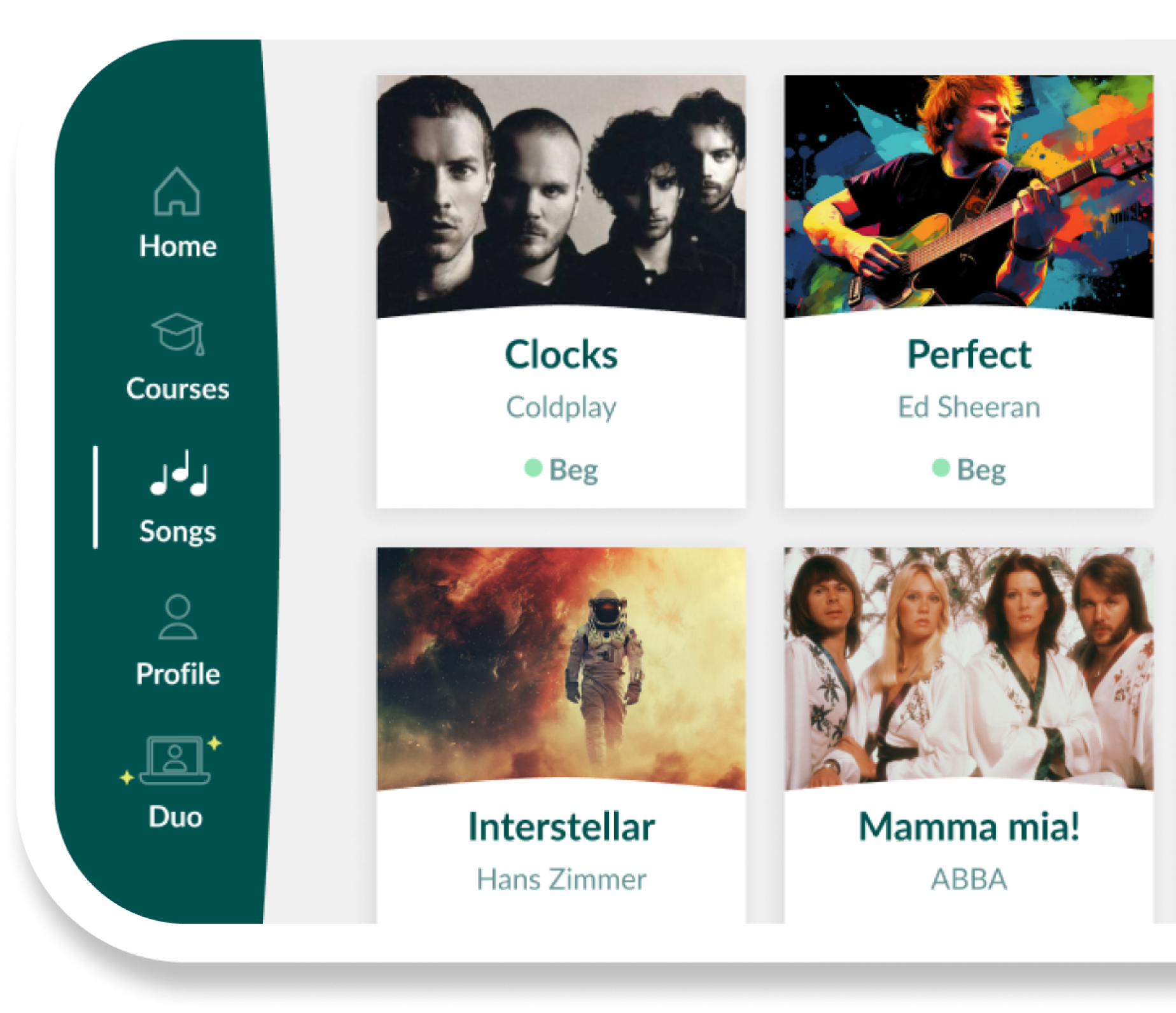New data from a comprehensive Spotify analysis reveals Spain’s Spotify charts aren’t as Spanish as you’d expect. In fact, Puerto Rican artists get more chart space in Spain than Spanish artists themselves: a striking sign of Latin America’s musical dominance over the Spanish-speaking world. Puerto Rican artists now claim 30% of Spain’s Spotify charts while Spanish artists hold just 28%. While the UK faces similar foreign dominance from the USA, Spain’s situation is unique in Europe; it’s the only major economy dominated not by English-language music, but by Spanish-language artists from Latin America.
The piano learning app Skoove together with the analysts at DataPulse Research looked into over a year of Spotify Top 200 data across 73 countries, tracking more than 800,000 data points. Spain emerged with striking statistics that place it among the bottom half of countries globally for supporting local artists.
Puerto Rican vs Spanish artists in Spain’s Spotify Top 200
Spain ranks low in local music support
While Spain is culturally rich and globally influential in other creative sectors, its music charts tell a different story. Spanish artists occupy only 28% of Spain’s own Top 200, placing it 39th out of 73 countries. Puerto Rican acts account for 30% of chart presence in Spain.
Among major European nations, Spain’s 28% local artist support stands out as exceptionally low. As the ranking table shows, Italy maintains 83% local music (#4 globally), France protects 59% (#16), and Germany keeps 47% (#27). Spain’s position at #39, just below the UK’s 29% (#38), makes it one of only two major European economies with less than 30% local music.
The data reveals Spain’s unique position in global music consumption:
- Puerto Rico: 30% of Spanish charts (artists from this Caribbean island lead Spain’s rankings)
- Spain: 28% of its own charts (the lowest among major Western European economies)
- Colombia: 14% (Karol G, Feid, and Maluma have become Spanish household names)
- Total Latin America: 55% (Including Argentina (5%), Chile (3%), Mexico (1%), and others)
- USA: Just 7.5% (Unlike most of Europe, Spain resists English-language pop)
Spain's top artists: International dominance visualized
Spain's Music Landscape: Local Heroes vs Global Stars
The 20 artists who dominated Spain's streaming in 2024-2025, ranked by their share of Spotify's Top 200 charts
Spanish Artists
International Artists
Bad Bunny (PR)
3.8%
Quevedo
3.5%
Dei V (PR)
3.3%
Myke Towers (PR)
3.2%
JC Reyes
2.6%
KAROL G (CO)
2.2%
SAIKO
2.1%
Feid (CO)
2.0%
Rauw Alejandro (PR)
1.9%
Yan Block (PR)
1.8%
Manuel Turizo (CO)
1.7%
Beéle (CO)
1.7%
Omar Courtz (PR)
1.5%
De La Rose (PR)
1.5%
Kapo (CO)
1.5%
Lola Indigo
1.4%
Rvfv
1.3%
Mora (PR)
1.2%
Cris MJ (CL)
1.2%
Rels B
1.2%
Bad Bunny tops Spain's streaming charts, outperforming every Spanish artist. Among Spanish artists, Quevedo and JC Reyes lead but still fall short of their Puerto Rican and Colombian competitors in chart presence.
City-level analysis: Seville stands apart
Valencia, Madrid, and Barcelona show remarkably similar local music participation, all clustering around 31-32% Spanish artist representation in their Top 200 charts. Seville, on the other hand, stands apart with 39% local support, significantly higher than other major cities, yet still showing that international music dominates even in Spain's most traditional cultural centers.
Reggaeton's growing influence in Spanish charts
The data reveals this isn't just about individual artists; it's about complete genre transformation:
- Reggaeton dominance: The top 10 reggaeton artists account for approximately 25% of all Spanish streaming
- Traditional genres marginalized: Flamenco, Spanish rock, and traditional pop barely register in the Top 200
- Production hub evolution: While Madrid and Barcelona remain important European centers, Miami and Medellín have emerged as major hubs driving Spanish-language hits consumed in Spain
- Label distribution: While major labels (Sony, Universal, Warner) play a significant role, independent labels and artists also contribute substantially to the Spanish market
The challenge of the global tongue
Spain faces a unique linguistic paradox that sets it apart from other European markets. While French audiences naturally gravitate toward French-language music and German listeners embrace their homegrown stars, Spanish audiences face no language barriers when choosing between Quevedo and Bad Bunny, between C. Tangana and Karol G.
Spanish artists must compete not just locally, but against the full arsenal of Latin American music culture, from reggaeton's Miami production houses to Colombia's urban music revolution. In countries like Germany or France, language can act as a natural buffer for local talent. In Spain, that protection doesn't exist within the Spanish-speaking world. With 560 million Spanish speakers globally, Spanish artists face competition from an entire hemisphere of musical innovation.
The result? A market where Puerto Rican megastars like Bad Bunny, Colombian sensations like Karol G, and rising Chilean artists like Cris MJ command Spanish attention as easily as they do in their home countries. Spain's language advantage has become its cultural challenge; sharing a tongue with half a billion people means sharing the spotlight. Our language correlation analysis reveals this pattern globally: countries with fewer speakers of their language typically show much stronger support for local artists.
Notable parallel: Spain joins the UK (29% local vs 55% American) as one of the few major European economies where domestic artists are minorities in their own charts. However, Spain's case is unique: it's dominated not by English-language music but by Spanish-language artists from Latin America.
Streaming's impact on Spain's music landscape
The rise of streaming platforms has created new dynamics in Spain's music market. Algorithms that recommend music based on listening patterns have contributed to the prominence of Latin American artists in Spanish charts, connecting listeners across the Spanish-speaking world in unprecedented ways.
The implications for Spain's music industry are profound: Spanish record labels, producers, and artists face unprecedented competition in their home market, while streaming revenues flow predominantly to Latin American artists and their often US-based labels. Spain risks becoming primarily a consumer rather than producer of Spanish-language culture: a transformation that happened not through English-language dominance but through innovation from Latin America, particularly Puerto Rico's reggaeton revolution.

"The game has completely changed. It used to be about building a following, town by town, with your sound echoing in local clubs. Now, the echo chamber is a global playlist. You're not trying to win over a city anymore; you're trying to please an algorithm. It's a fantastic way to reach the entire world, but you have to wonder what unique sounds get lost in that global translation."
The fundamental question isn't whether this transformation is good or bad; it's whether we understand what we're trading. Are Spanish listeners discovering richer, more diverse music through algorithms that connect them with Latin America's creative explosion? Or are unique local sounds being smoothed away by recommendation systems that favor the globally popular over the regionally authentic?
Spain's experience suggests both can be true simultaneously. While flamenco fusion and Spanish indie rock struggle for algorithmic attention, Spanish listeners gain unprecedented access to the full spectrum of Latin creativity — from Puerto Rico's trap innovations to Colombia's urban experimentation. The question facing Spain, and every country navigating the streaming revolution, isn't how to resist this change, but how to ensure their own musical voice remains audible in the algorithmic chorus.
Methodology
The study analyzed data from the top 200 songs streamed weekly on Spotify across all 73 countries where Spotify publishes Top 200 charts. The data covers every week from May 23, 2024, to July 10, 2025.
We analyzed chart performance using a points system: The No. 1 song received 200 points, No. 2 received 199 points, and so on. This allows us to weight chart position appropriately - a #1 hit counts more than a #200 track. The percentages shown throughout this report represent each country's or artist's share of total points, which effectively measures their share of Top 200 streaming activity weighted by chart position.
For songs with multiple artists, every artist on the track received the full points for that rank. For example, if a number one song featured three artists, each of those three artists was awarded 200 points.
Artists were analyzed by their country of origin, not the location of their record label, agents, or other business affiliations.
For complete details on our data collection and analysis methods, read the full methodology here.
Study by: Skoove & DataPulse Research
Edited by: Susana Pérez Posada

With over seven years of piano education and a deep passion for music therapy, Susana brings a unique blend of expertise to Skoove. A graduate in Music Therapy from SRH Hochschule Heidelberg and an experienced classical pianist from Universidad EAFIT, she infuses her teaching with a holistic approach that transcends traditional piano lessons. Susana's writings for Skoove combine her rich musical knowledge with engaging storytelling, enriching the learning experience for pianists of all levels. Away from the piano, she loves exploring new places and immersing herself in a good book, believing these diverse experiences enhance her creative teaching style.
Feel free to use this content
This content, including images and data visualizations, is licensed under a Creative Commons Attribution-ShareAlike 4.0 International License. You are free to share, copy, redistribute, adapt, remix, and transform the material for any purpose, even commercially, as long as you provide proper attribution. Please credit and link to: Skoove.com when using any part of this content.















